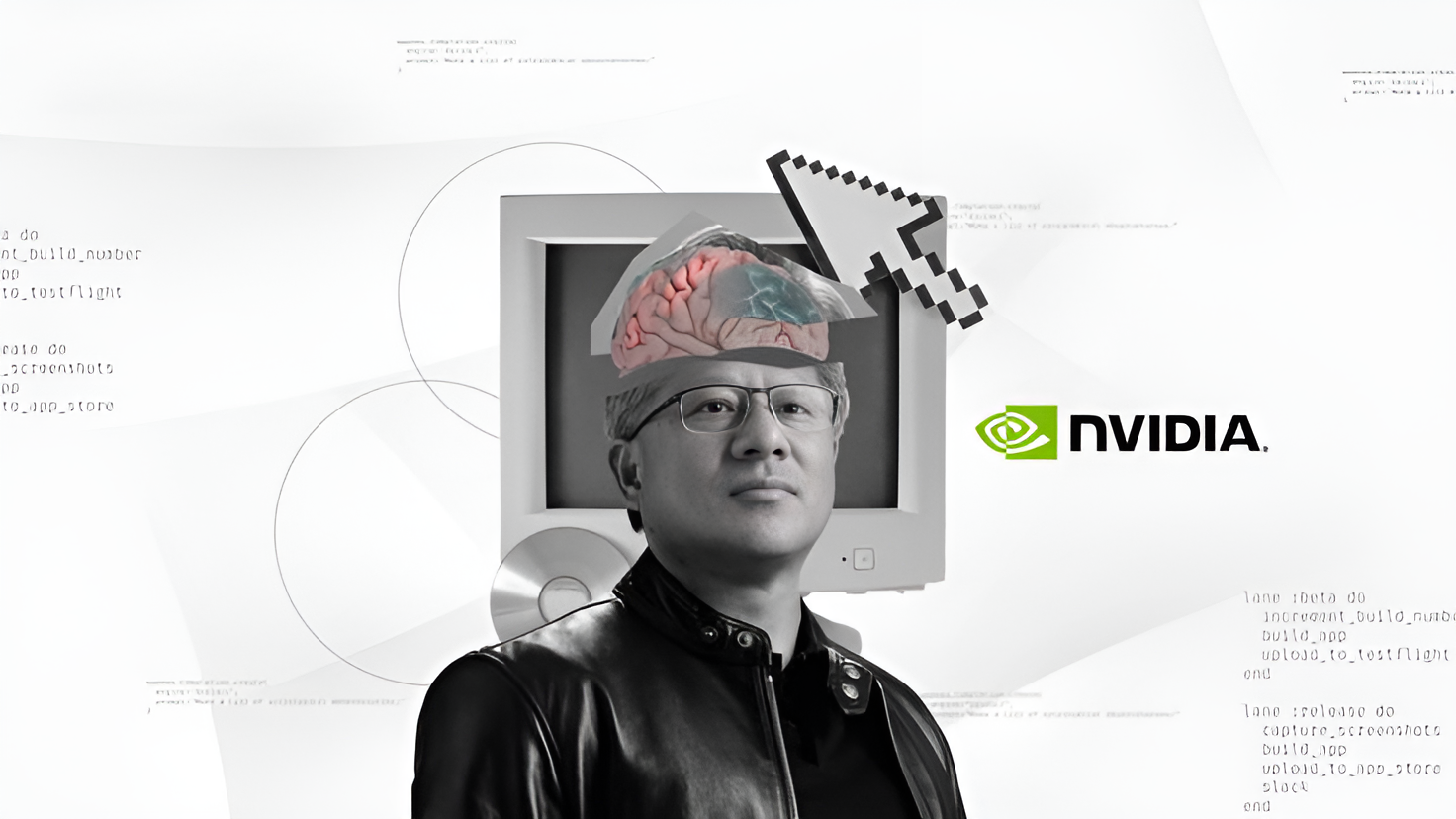Honeywell debuts AI-powered OT cybersecurity tools to advance industrial autonomy Analysis Report
5W1H Analysis
Who
The central stakeholder in this development is Honeywell, a multinational conglomerate with a strong focus on the production of commercial and consumer products, engineering services, and aerospace systems. Other stakeholders include manufacturing industries, cybersecurity experts, and businesses seeking advanced industrial solutions.
What
Honeywell has announced the launch of AI-powered Operational Technology (OT) cybersecurity tools designed to enhance industrial autonomy and support autonomous operations. This move forms part of their strategy to enable a safer and more efficient future in industrial operations.
When
The announcement was made public on June 10, 2025. The timeline for the implementation and deployment of these tools was not specified in the article.
Where
This development primarily affects global markets but is particularly relevant to regions with robust industrial bases such as North America, Europe, and Asia-Pacific, where industrial automation is rapidly evolving.
Why
The driving forces behind this initiative include the growing need for enhanced cybersecurity in industrial settings, the increasing complexity of industrial operations, and the overarching trend towards digital transformation and autonomy in industrial processes. There is also a pressing demand to safeguard critical infrastructure from cyber threats.
How
Honeywell's approach involves leveraging artificial intelligence to enhance the protective measures within OT environments. This includes using AI algorithms to detect, respond to, and mitigate cybersecurity threats in real-time, thus ensuring the integrity and continuity of industrial operations.
News Summary
Honeywell, a leading player in industrial innovation, has launched AI-driven OT cybersecurity tools to bolster industrial autonomy. This initiative aligns with the push towards digital transformation, addressing the escalating need for sophisticated cybersecurity in industrial sectors. Announced on June 10, 2025, this toolset is poised to redefine safety and efficiency protocols across major global industries, offering robust protection against the increasingly complex landscape of cyber threats.
6-Month Context Analysis
In the past six months, the industrial sector has seen significant investments and developments in AI and cybersecurity. Similar initiatives have been led by competitors such as Siemens, which announced advancements in AI-infused industrial automation systems. There has also been a notable increase in collaborations between technology firms and industrial giants aiming to fortify cybersecurity infrastructures. This indicates a broader industry trend towards integrating AI with traditional security practices to enhance operational reliability.
Future Trend Analysis
Emerging Trends
The introduction of AI in cybersecurity for industrial operations is expected to accelerate the move towards fully autonomous industrial environments. This trend will likely foster a new wave of innovations aimed at seamlessly integrating AI with IoT devices and big data analytics. Enhanced cybersecurity measures will become a cornerstone of industrial digital transformations.
12-Month Outlook
Over the next 12 months, we anticipate a broader adoption of AI-powered cybersecurity solutions among industries with high automation levels. Honeywell and its peers may expand their offerings to include more comprehensive digital solutions, possibly integrating blockchain technology for enhanced data integrity.
Key Indicators to Monitor
- Adoption rates of AI cybersecurity solutions in industrial markets
- Reports of cybersecurity incidents in sectors adopting these technologies
- Progress in AI algorithm capabilities specific to threat detection and response
- Industry partnerships between tech firms and industrial companies
Scenario Analysis
Best Case Scenario
The successful deployment of AI-powered OT cybersecurity tools leads to a substantial decline in cyber threats and operational disruptions. Industries report improved efficiencies and reliability, with Honeywell setting a benchmark in industrial cybersecurity solutions.
Most Likely Scenario
Honeywell's tools gain traction, becoming a staple for industries prioritising security and autonomy. Moderate uptake across manufacturing sectors fosters incremental improvements in operational integrity and threat resilience.
Worst Case Scenario
Technical challenges impede the effectiveness of AI tools in certain applications, leading to limited adoption. Resistance from industries accustomed to traditional methods could slow the transition, leaving some sectors vulnerable to evolving cyber threats.
Strategic Implications
To capitalise on this development, industries should actively explore integrating AI cybersecurity solutions within their operations. Honeywell and similar entities should focus on continuous improvement based on user feedback and evolving cyber threat landscapes. Policymakers must support secure industrial transformation by facilitating innovation-friendly regulatory environments.
Key Takeaways
- Honeywell is at the forefront of integrating AI into OT cybersecurity, reinforcing industrial autonomy (Who/What).
- The advancement targets global markets, but its impact may be profound in highly industrialised regions, like North America and Europe (Where).
- This move responds to growing cyber threat concerns in industrial settings, emphasising the need for robust security solutions (Why).
- Actively monitoring adoption rates and cybersecurity incident reports will be crucial indicators of industry uptake (How/What).
- Industries should prepare for shifting dynamics in operational security, aligning with digital transformation trends (How/Who).
Source: Honeywell debuts AI-powered OT cybersecurity tools to advance industrial autonomy





















Discussion